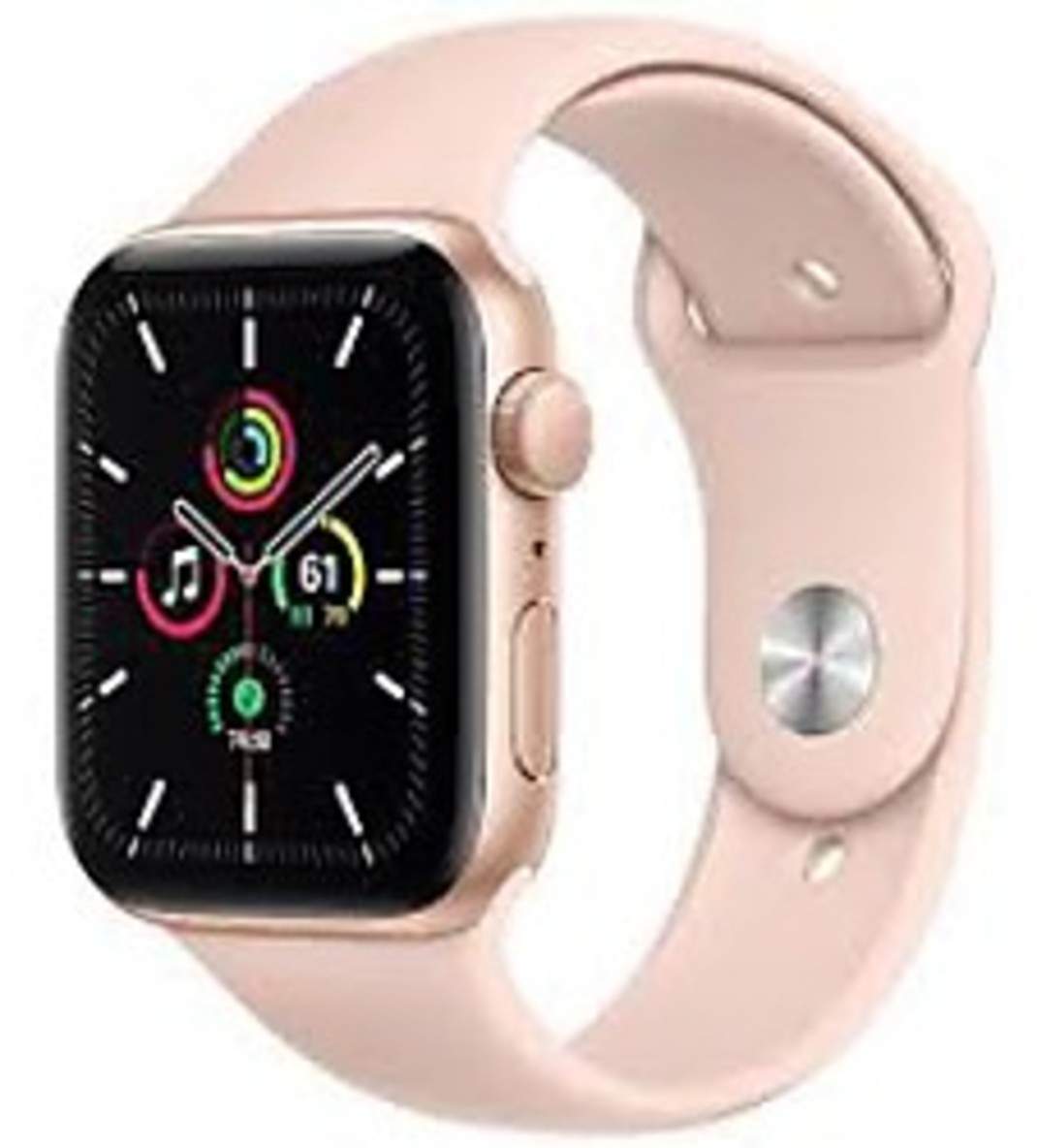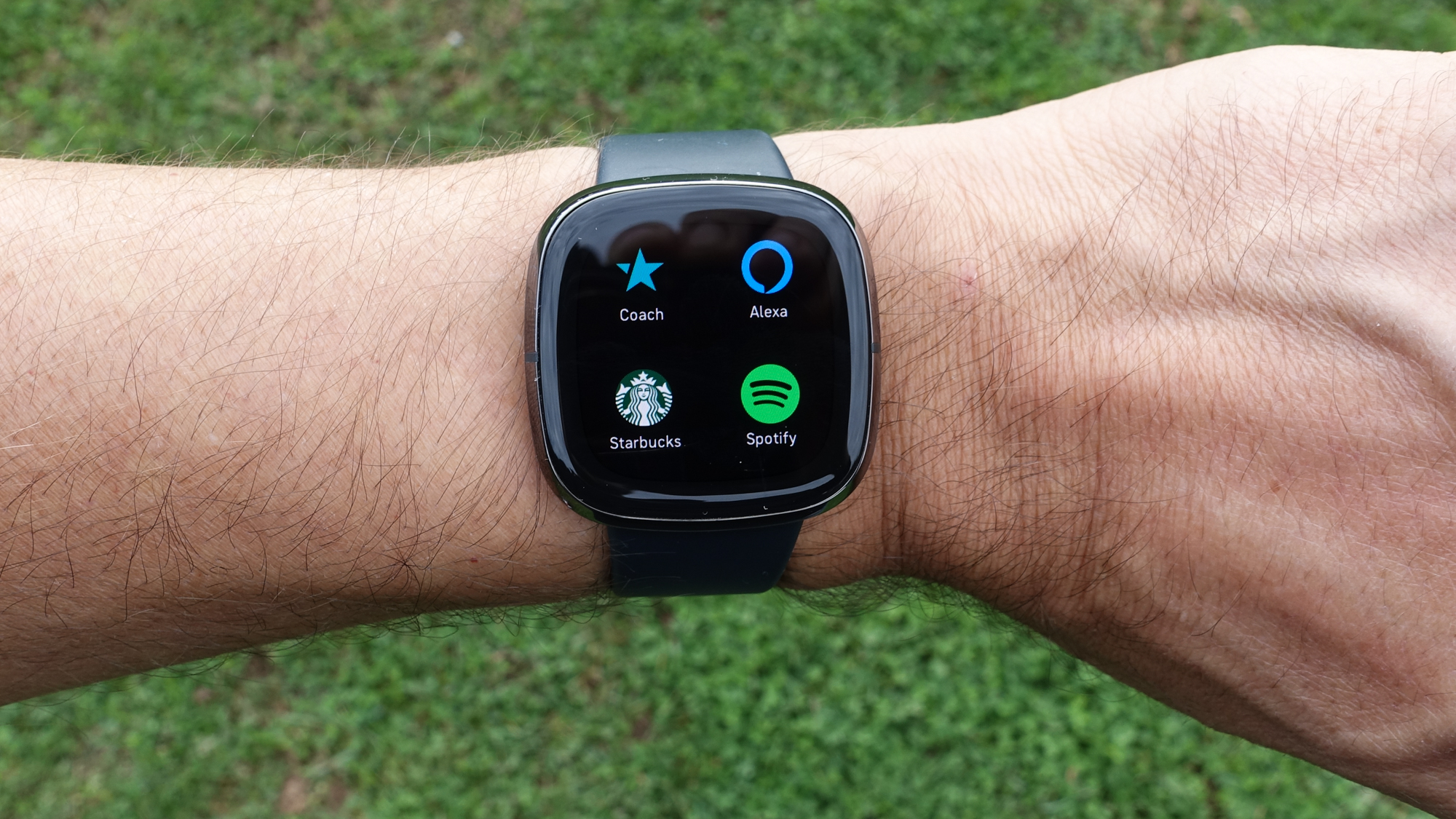



This means you can use it to monitor your heart rate and blood-oxygen levels, for example, although the range of options on offer isn’t quite as extensive as it is with the Watch 4. The Sense comes with an ECG, like the Watch 4, while it also has red and infrared sensors for oxygen saturation (SpO2) monitoring. This includes the Fitbit Sense, even if it is marketed more as a health and fitness watch.

The device also gives users the ability to track over 100 different workouts, making it a serious rival to most other smartwatches on the market. These enable users to track a variety of different things, such as their sleep, blood-oxygen level, blood pressure, and body fat levels. The Galaxy Watch 4 finds Samsung adding a range of new sensors to its smartwatch range for the first time, including an optical heart rate sensor (8PD), an electrical heart sensor (ECG), and biological impedance analysis (BIA). Winner: Tie Fitness and health-tracking features Fitbit Still, the fact that these are smartwatches means you’d struggle to notice a difference, so the use of an AMOLED display gives the Galaxy Watch 4 only a slight edge. By contrast, the Fitbit Sense manages 300 ppi and houses an OLED screen, which can’t quite match the quality and richness of an AMOLED. It comes with a Super AMOLED display that packs 330 pixels per inch, regardless of whether you go for the 40mm or 44mm version. While both smartwatches are more or less as visually enticing as each other, the Galaxy Watch 4 undeniably boasts a superior screen. That said, the revamped design of the Galaxy Watch 4 means that it too is lightweight and easy on the wrist. It basically apes the Apple Watch’s “squircle” design, meaning it not only looks attractive (helped by the stainless steel and aluminum casing), but is very comfortable to wear. It arguably looks sharper than the Galaxy Watches that came before it, although the Fitbit Sense is certainly no ugly duckling. It takes away the familiar mechanical bezel - which users physically rotate in order to navigate wearOS - and replaces it with a digital alternative, giving it a slimmer, more economical appearance than its predecessors (or the Galaxy Watch 4 Classic). In previous years, the Samsung Galaxy Watch series was known for its distinctly traditional design, something which the Watch 4 does away with for a more 21st-Century aesthetic. Up to 40 hours (based on Samsung laboratory measurements)ĭesign and display Andy Boxall/Digital Trends


 0 kommentar(er)
0 kommentar(er)
